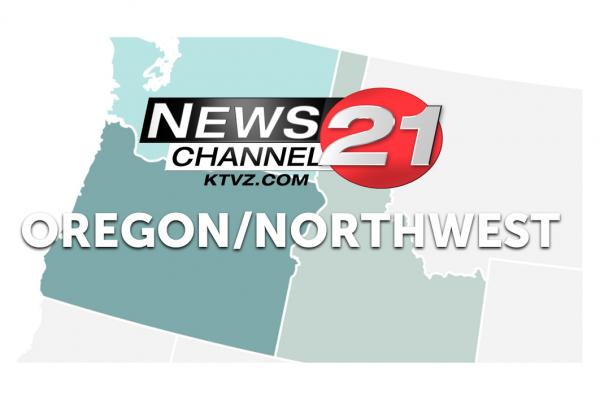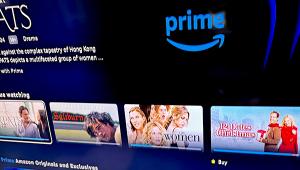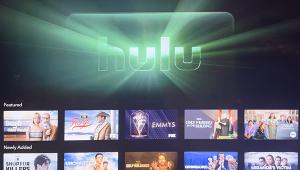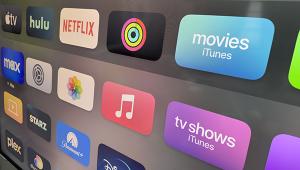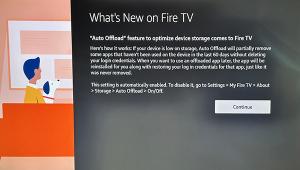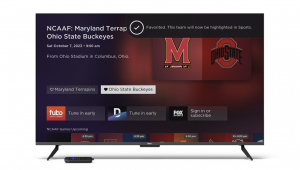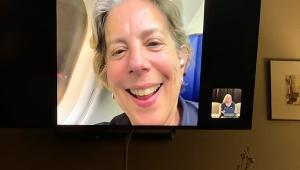Another issue when streaming local channels: Recording shows. If you get a separate antenna, you can't record local channels unless you get a TiVo equipped to do that (but those TiVos don't record cable channels, which regular TiVos do). I don't know of any other DVR that will let you record broadcast shows off an antenna.
At least with streaming, if you get cloud DVR, you can record all channels, including local, right?
